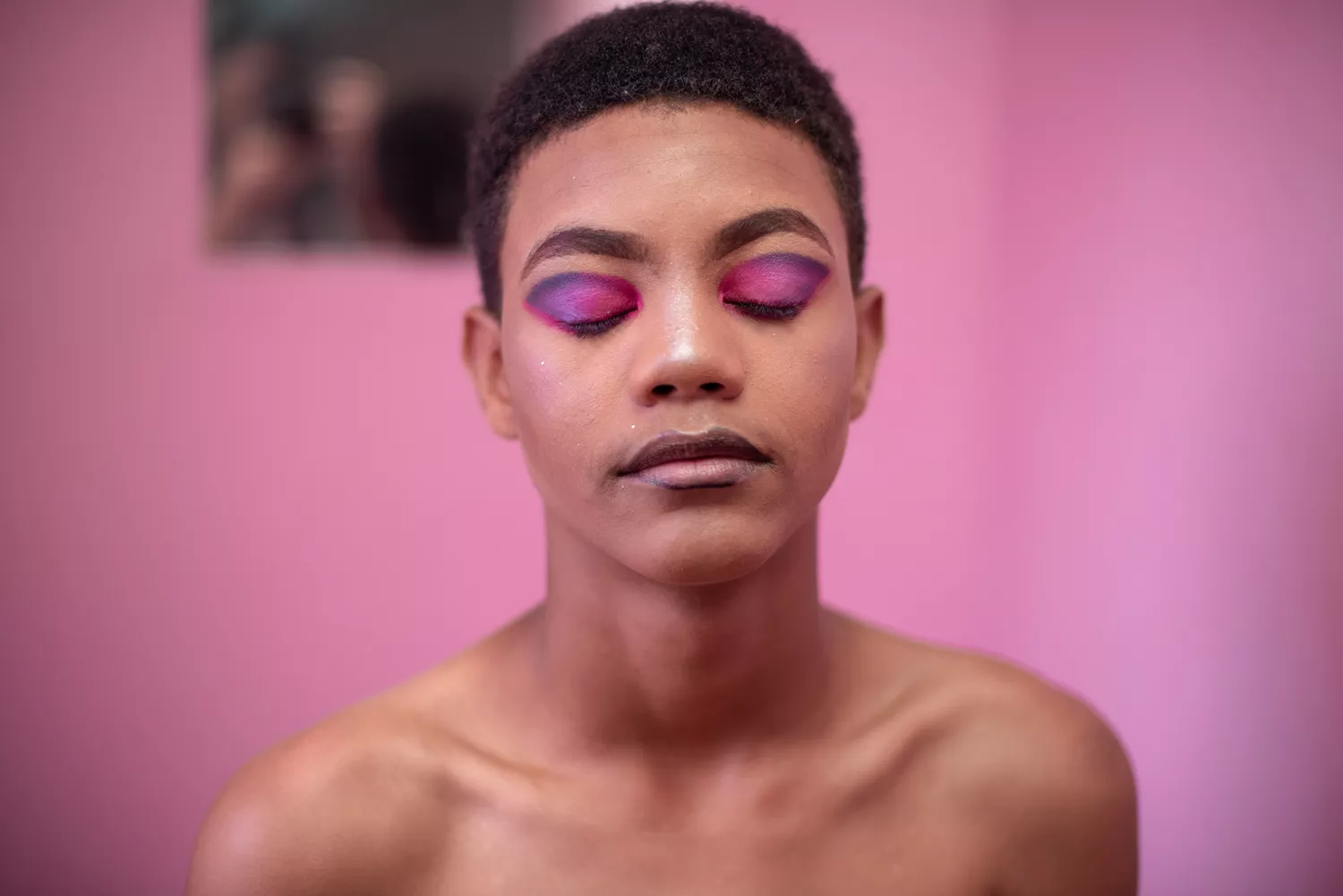Navigating Multiple Identities: LGBTQIA+ & BIPOC Resilience
For many, life presents a singular battle against discrimination, but for individuals existing at the intersection of LGBTQIA+ and BIPOC identities, the fight is often compounded. Imagine facing not just one, but multiple layers of prejudice—a reality that demands immense strength and resilience daily. This complex experience, where systems of oppression overlap, significantly impacts mental health, safety, and overall well-being. Understanding this dynamic is crucial for fostering truly inclusive communities and offering effective support.
More than 40% of the LGBTQ+ population in the United States also identifies as a person of color (The Williams Institute, UCLA School of Law). This significant demographic often encounters unique challenges that transcend the experiences of those identifying with only one minority group. Their lived reality highlights the urgent need for a nuanced approach to advocacy and support, moving beyond single-axis frameworks to embrace the full spectrum of human identity.
Table of Contents
- The Compounding Challenge of Multiple Minorities
- Understanding Key Identity Terms
- Why Traditional Approaches Fall Short
- The Root Causes of Dual Discrimination
- Building a Solution: The Power of Intersectionality
- Actionable Steps for Support and Advocacy
- People Also Ask: Common Questions
The Compounding Challenge of Multiple Minorities
Individuals navigating multiple identities face a unique gauntlet of societal hurdles. They are simultaneously subjected to homophobia, biphobia, transphobia, and racism, which can manifest in various settings and at different stages of life. This isn't just double discrimination; it's an intricate web where prejudices often intertwine, creating distinct forms of marginalization.
Research indicates that people who are both LGBTQ+ and BIPOC experience more frequent microaggressions compared to their single-minority counterparts (Advocates for Youth). These subtle, often unintentional, expressions of prejudice can accumulate, leading to significant psychological stress and a diminished sense of belonging.
For youth, navigating multiple identities presents even graver challenges. Studies show that LGBTQIA+ BIPOC youth are statistically less likely to be open about their identities with family, exhibit lower self-esteem, experience higher rates of depression, and face an elevated risk of HIV (GLSEN, 2020). These statistics paint a sobering picture of the systemic pressures on young individuals.
Discrimination Within Communities
One of the most painful aspects of this experience is the presence of discrimination within their own minority communities. LGBTQIA+ individuals of color may encounter racism within queer spaces, while people of color may face homophobia within their racial or ethnic communities. This internal conflict can lead to feelings of isolation and a lack of true refuge.
For instance, despite the progressive image of many queer enclaves, racism remains a significant issue (San Francisco AIDS Foundation). LGBTQIA+ BIPOC individuals in these spaces often report disparities in healthcare access, higher rates of homelessness, and racial bias on dating platforms. Similarly, within some communities of color, homophobic ideals, often perpetuated by broader societal structures of white supremacy, can lead to ostracism or judgment for queer members (Glick & Golden, 2010).
Understanding Key Identity Terms
To effectively discuss the intersection of LGBTQIA+ and BIPOC identities, it's essential to clarify the terminology involved.
What Does LGBTQIA+ Stand For?
This acronym represents a diverse spectrum of sexual orientations and gender identities: Lesbian, Gay, Bisexual, Trans, Queer or Questioning, Intersex, and Asexual. The plus sign (+) acknowledges a broader range of identities, including Two-Spirit, non-binary, pansexual, and many others. It signifies an evolving and inclusive understanding of identity beyond traditional categories.
What Does BIPOC Stand For?
BIPOC stands for Black, Indigenous, and People Of Color. This term intentionally centers the experiences of Black and Indigenous individuals, recognizing their unique histories of oppression and resilience. A person of color is generally anyone who is not exclusively White, encompassing Black, Brown, Asian, Multiracial, and other non-White racial and ethnic backgrounds.
What Is a Multiple Minority?
A multiple minority describes an individual who belongs to more than one marginalized group. The intersection of LGBTQIA+ and BIPOC identities is a prime example. Other instances include a Black disabled person, or a queer individual with a chronic illness. These overlapping identities lead to distinct experiences of systemic disadvantage, requiring a specialized understanding of their unique needs (Stanford researchers, 2023).
Why Traditional Approaches Fall Short
Traditional approaches to social justice often address discrimination along a single axis—focusing solely on race, gender, or sexual orientation. While valuable, these siloed efforts frequently fail individuals navigating multiple identities because they overlook the synergistic effects of overlapping prejudices. For example, a program designed to combat racism might inadvertently ignore the specific challenges faced by queer people of color, assuming their experiences are identical to their straight counterparts.
Similarly, LGBTQ+ advocacy efforts often prioritize the experiences of white queer individuals, inadvertently sidelining the concerns of BIPOC queer individuals. This can manifest as a lack of culturally competent mental health services, an absence of diverse representation in leadership, or a failure to address racial bias within queer spaces. Without an intersectional lens, solutions remain incomplete, leaving the most vulnerable populations underserved.
The Root Causes of Dual Discrimination
The complex challenges faced by those at the intersection of LGBTQIA+ and BIPOC identities stem from deep-seated societal issues. These include pervasive white supremacy, which infiltrates all societal structures, and internalized homophobia or transphobia within communities of color, often a legacy of colonial and religious influences.
White Supremacy in Queer Spaces
White supremacy isn't confined to overtly racist groups; it subtly permeates even supposedly liberal and inclusive spaces, including the LGBTQ+ community. This can manifest as racial tokenism, microaggressions, or the centering of white queer narratives and experiences. For example, a queer event might feature diverse performers but lack genuine structural support or leadership roles for BIPOC individuals, creating a superficial sense of inclusivity.
Homophobia in Communities of Color
Homophobia and transphobia within communities of color are often complex, influenced by historical contexts, religious doctrines, and acculturation processes (Röder, 2015). For immigrant families, the clash between traditional cultural values and the embrace of queer identities in a new country can create significant family strain. For example, a second-generation queer individual might navigate their parents' traditional views on sexuality while simultaneously facing racism outside their home, creating a unique form of minority stress.
The Political Nature of Personal Identity
For many LGBTQIA+ BIPOC individuals, the personal is inherently political. Their very existence challenges dominant norms, and their actions are often scrutinized as representative of multiple demographics. This can create immense pressure, where individual choices are seen as reflecting on entire communities. The constant awareness of systemic harm means that a truly




